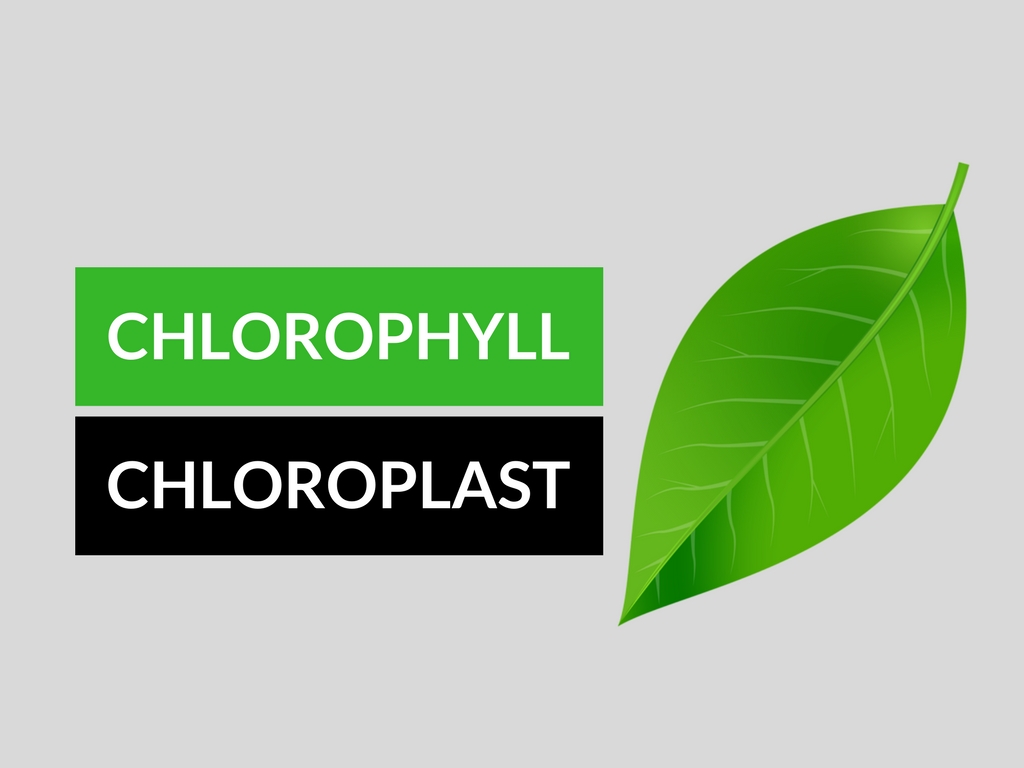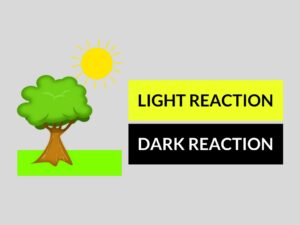Chlorophyll and a chloroplast are two essential requirements to carry on the process of photosynthesis in the plants. Chlorophyll and chloroplasts how many differences between them and this article is solely meant for understanding the differences between chlorophyll and chloroplast.
CHLOROPHYLL
Chlorophyll is the pigment which is green in color. The main function of the chlorophyll is to convert the light energy to chemical energy by absorbing the light and providing energy for carrying on photosynthesis. There are two types of chlorophylls, they are Chlorophyll-A which is found in plants, algae and chlorophyll-B which is found in plants.
CHLOROPLAST
Chloroplasts are considered as important organelles present in the Algal and plant cells. Due to chlorophyll pigment present in the chloroplast, it is also green in colour. Chloroplast provides space to carry out both light reaction and dark reaction of photosynthesis. The chloroplasts consist of double membranes called outer membrane and inner membrane and also contain thylakoid membrane.
DIFFERENCES TABLE
| CHLOROPHYLL | CHLOROPLAST |
|---|---|
| Chlorophyll is the green colored pigment which is involved in the process of photosynthesis. | Chloroplast is the organelle which is also green in color involved in the process of photosynthesis. |
| WHAT THEY DO..? | |
| Chlorophyll converts light energy to chemical energy to facilitate the photosynthesis. | Chloroplasts provide space and enzymes to carry on both light reaction and dark reaction of the photosynthesis. |
| DNA | |
| Chlorophylls are only a Green colored pigments and they don't have DNA. | Chloroplasts are organelles and that consists of their own DNA called cpDNA. |
| TYPES | |
| Chlorophylls are of various types and most important of them are chlorophyll-A and chlorophyll-B. | Chloroplasts are of two types and both plants and algae have different types of chloroplasts. |
| PRESENT IN | |
| Chlorophylls are present in both prokaryotes and eukaryotes. | Chloroplasts are only present in eukaryotic plants and algae. |
| FOUND IN | |
| Chlorophylls are found in the grana thylakoids of chloroplasts. | Chloroplasts are found in the leaves of The plants and algae. |
| HELPS IN | |
| Chlorophyll helps in trapping solar energy to split water molecule. | Chloroplasts help in synthesis of carbohydrates. |
CONCLUSION
Chlorophyll and chloroplasts are essential for the photosynthesis process to capture the light energy and splitting water molecules for synthesizing of carbohydrates. Chloroplasts are considered as a food processing centers of the plant.



